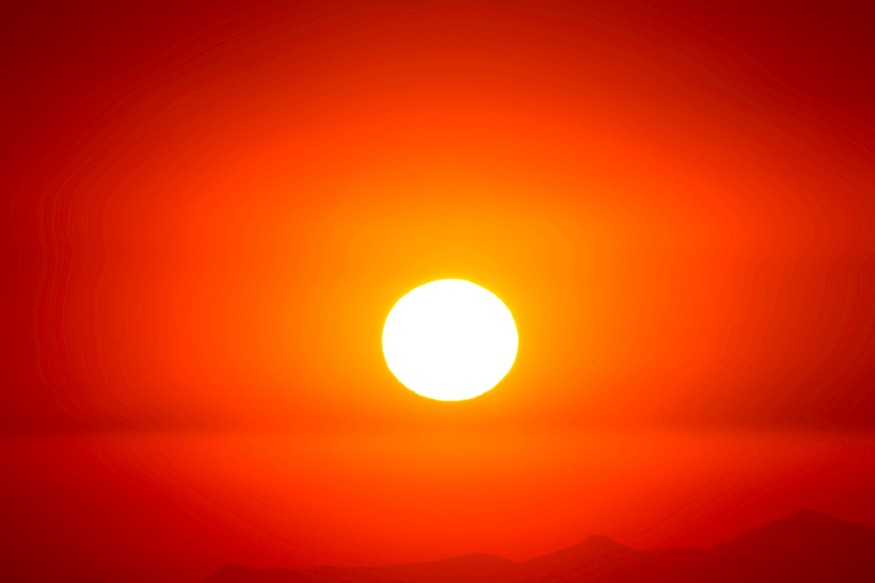In the Northern Hemisphere, summer officially begins today (June 20), commemorating the longest day of the year, which also happens to be Father's Day.

June Solstice
The June solstice occurred at 11:32 p.m. EDT (0332 p.m. GMT) on June 21, when the sun will be the furthest north of the celestial equator. The sun must travel the longest journey in the sky to reach its highest and northernmost position, which means it will take longer to rise and set, which is why today is the longest day - or greatest span of daylight hours - and shortest night.
Summer Solstice

Furthermore, the summer solstice occurs when the northern half of the Earth is inclined toward the sun, allowing the Northern Hemisphere to receive the most direct sunshine of the year. As a result, the sun will appear directly above for a position 817 miles (1,314 kilometers) east-northeast of Honolulu on the Tropic of Cancer (latitude 23.5 degrees north) in the central Pacific Ocean. On the other hand, the June solstice marks the start of winter in the Southern Hemisphere, when the sun is at its lowest position in the sky, and the Earth is tilted away from it.
The June solstice occurs when the sun reaches its furthest north from the celestial equator, usually between June 20 and 22. The solstice also happens to fall on Father's Day this year! Here's what skywatchers may expect to see as parents across the world celebrate the summer solstice on Sunday and the following week.
Mercury Rose
Mercury rose above the horizon around 30 minutes before sunrise on Sunday morning (June 20) and may be visible at daybreak. As a result, Sunday night's solstice will be at 11:32 p.m. EDT (0332 June 21 GMT). During the day, though, Northern Hemisphere observers may see more than 14 hours of sunshine. The Farmer's Almanac Sunrise and Sunset Calculator will help you figure out how many hours of sunlight you'll get during the solstice in your area.
Starting Monday night (June 21), when Venus and the brilliant star Pollux will seem closest to each other, viewers will be treated to more skywatching activities later in the week (a little over 5 degrees apart).
The brilliant star Antares will appear roughly 5 degrees below the waxing gibbous moon on Tuesday (June 22), just before it approaches perigee, or its closest approach to Earth in its orbit, on Wednesday (June 23). According to NASA, the next full moon, also known as the Strawberry Moon, will arrive around 2:40 p.m. EDT (1840 GMT) on Thursday (June 24) and have been visible to stargazers until early Saturday morning.
Beginning of Summer

While the June solstice celebrates the beginning of summer and the longest day of the year, it also marks a turning point in the year: when the sun begins its yearly southern trek, the days will begin to become shorter once more.
For more Astronomical News, don't forget to follow Nature World News!
© 2025 NatureWorldNews.com All rights reserved. Do not reproduce without permission.





